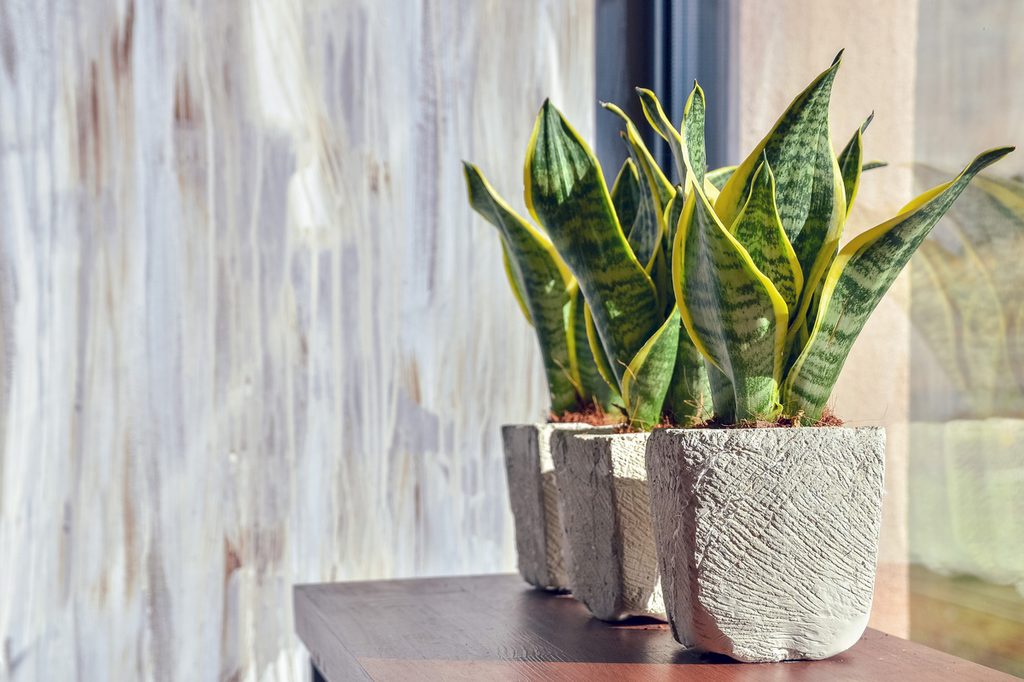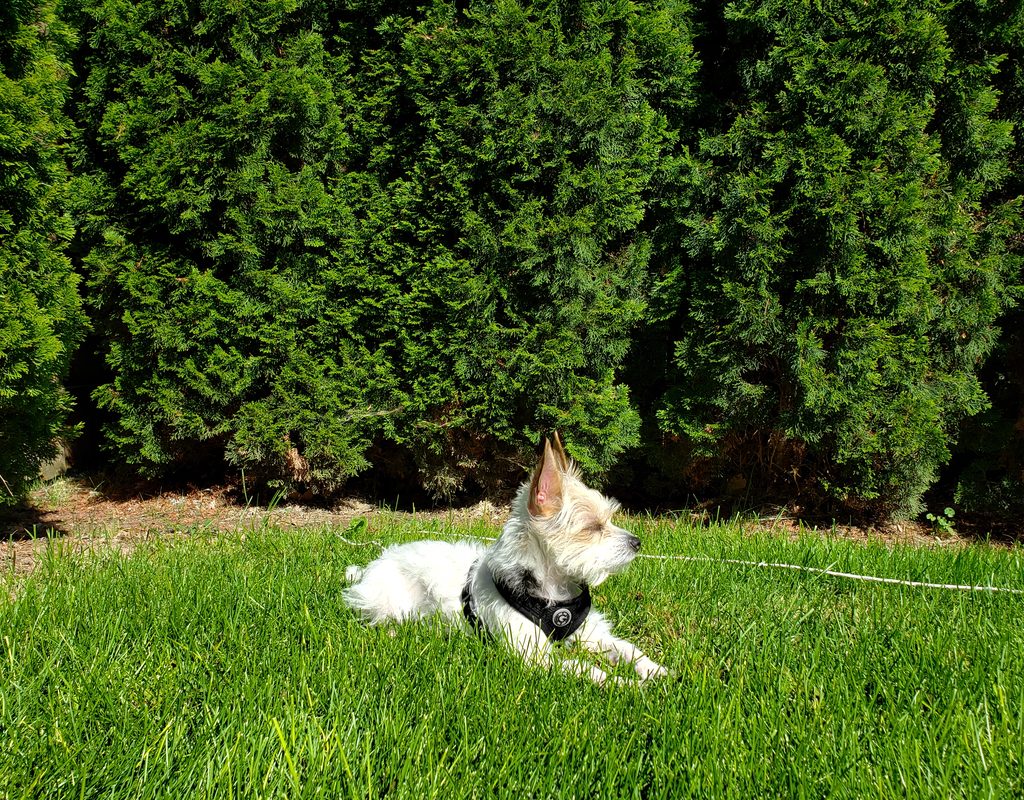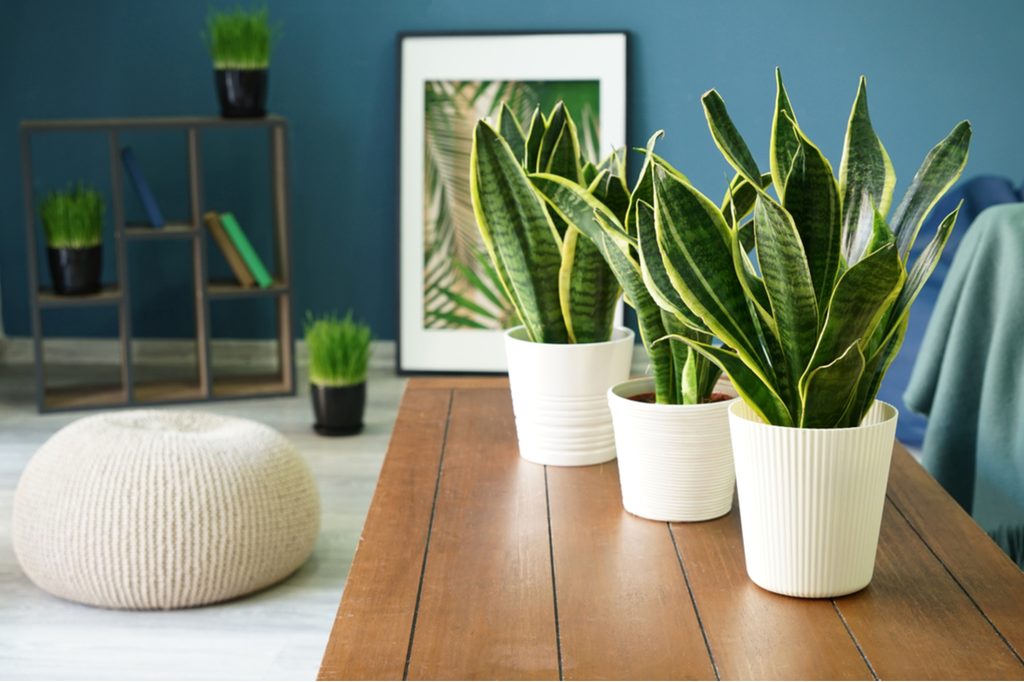
There are many wonderful and easy-to-grow houseplants you can choose from, and one of the more popular options is a snake plant. With their wavy leaves and low-maintenance care routine, snake plants make a charming addition to most homes. If you have pets, though, you may be wondering if snake plants are right for you. Are snake plants toxic to dogs, and what should you do if your dog eats one? This guide will answer your questions, so you can feel safer bringing this plant into your home.
Are snake plants toxic to dogs?

Yes, snake plants are toxic to dogs, as their leaves and roots contain saponins, which is a group of soapy compounds. They are found in many plants, including the aptly named soapwort, and are used in some soaps, detergents, and similar foaming or cleaning products. Depending on the size of your dog, their general health, and how much they ate, you can expect a mild to moderate reaction. The effects are not typically severe, but if your dog has a pre-existing medical condition, the symptoms could exacerbate it. Snake plants are also toxic to cats and humans for the same reason.
What happens if a dog eats a snake plant?

The effect of eating a snake plant is similar to the effect of eating soap. You can expect an upset stomach, including gas, diarrhea, and vomiting, along with drooling. Dogs may also pant, which is a sign of stress and discomfort. Don’t panic! In most cases, the symptoms pass relatively quickly. Although they are unpleasant, they are rarely severe.
Move the plant to keep them from eating more, and then contact your vet and let them know how much of the plant your dog ate and what the symptoms are. Your vet can offer a clearer picture on how to proceed from there, and they may be able to help with managing the symptoms and keeping your dog comfortable until the symptoms clear up.
How to keep your dog away from snake plants

The easiest way to keep dogs or other pets away from plants that they shouldn’t be eating is to physically move them to an inaccessible location. This can be a room that stays closed off when not in use, a shelf or taller table, or somewhere that simply has a lot of obstacles to get over or around to reach the plant. This can keep your plant safe, but also makes caring for your plants a bit more inconvenient.
Luckily, dogs can be trained! You can train your dog to ignore houseplants by redirecting your pup as it approaches the plant. Pair the redirect with a simple command like “leave it.” Reward the behavior you want to see, so provide a treat or fun toy along with praise when the dog leaves the plant alone. In the early stages of training, it’s a good idea to combine this with the first tip and move your plants out of reach whenever you aren’t nearby to supervise. It’s easier to be good when there’s less temptation, after all.
Snake plants are beautiful and easy to care for, but they can have an unpleasant effect on your dog. While it can be scary when a pet eats something it shouldn’t, especially if they start to get sick, in this case, you don’t need to worry too much. Ask your vet for help managing their symptoms, and consider training your dog to avoid houseplants once they’re feeling better.



